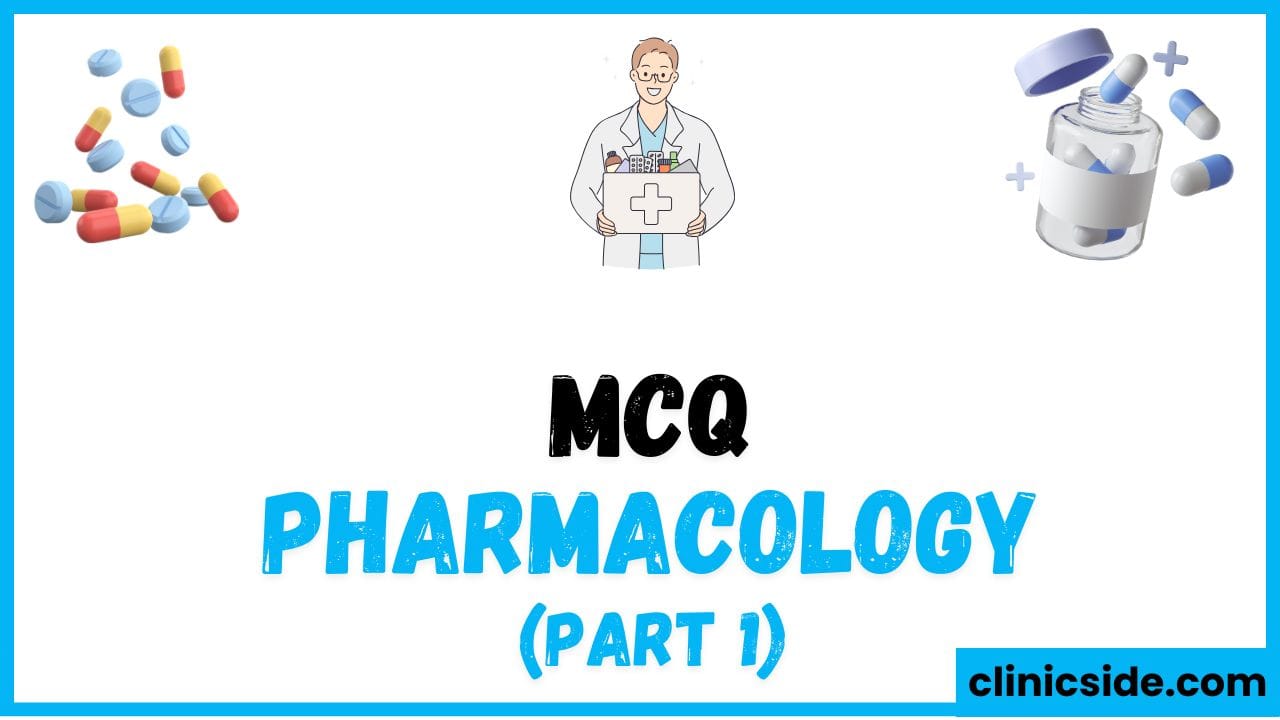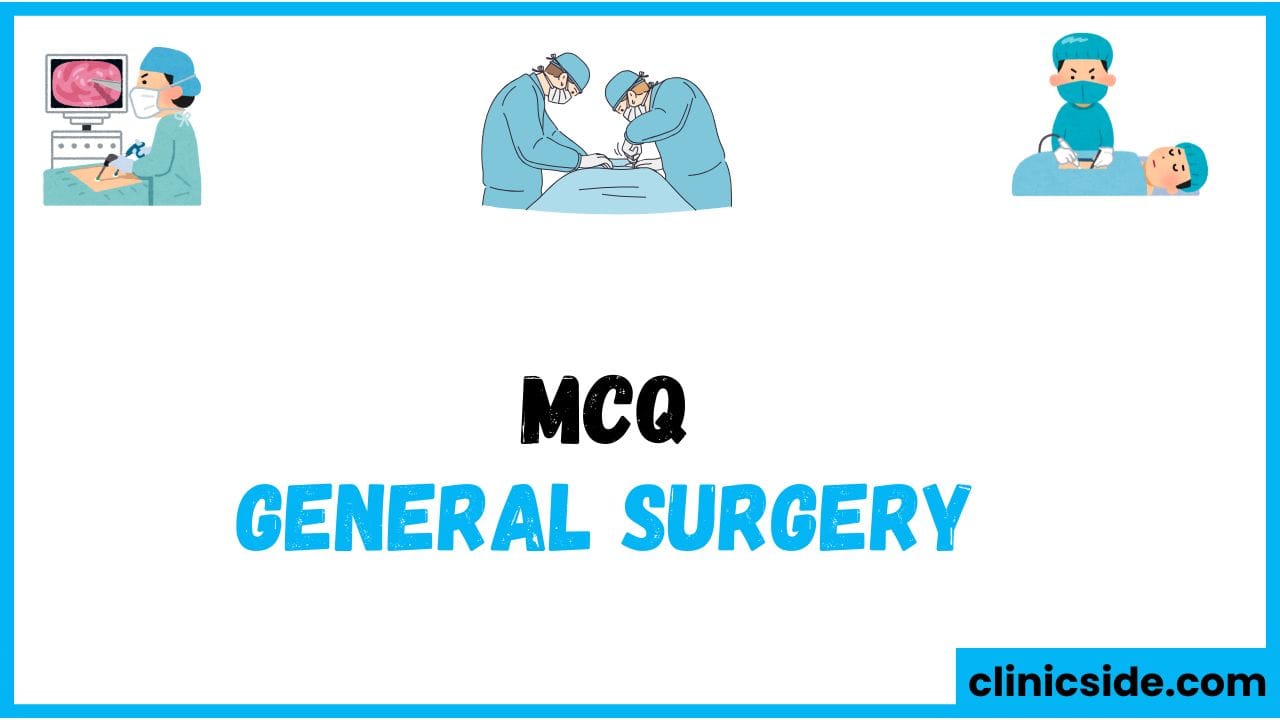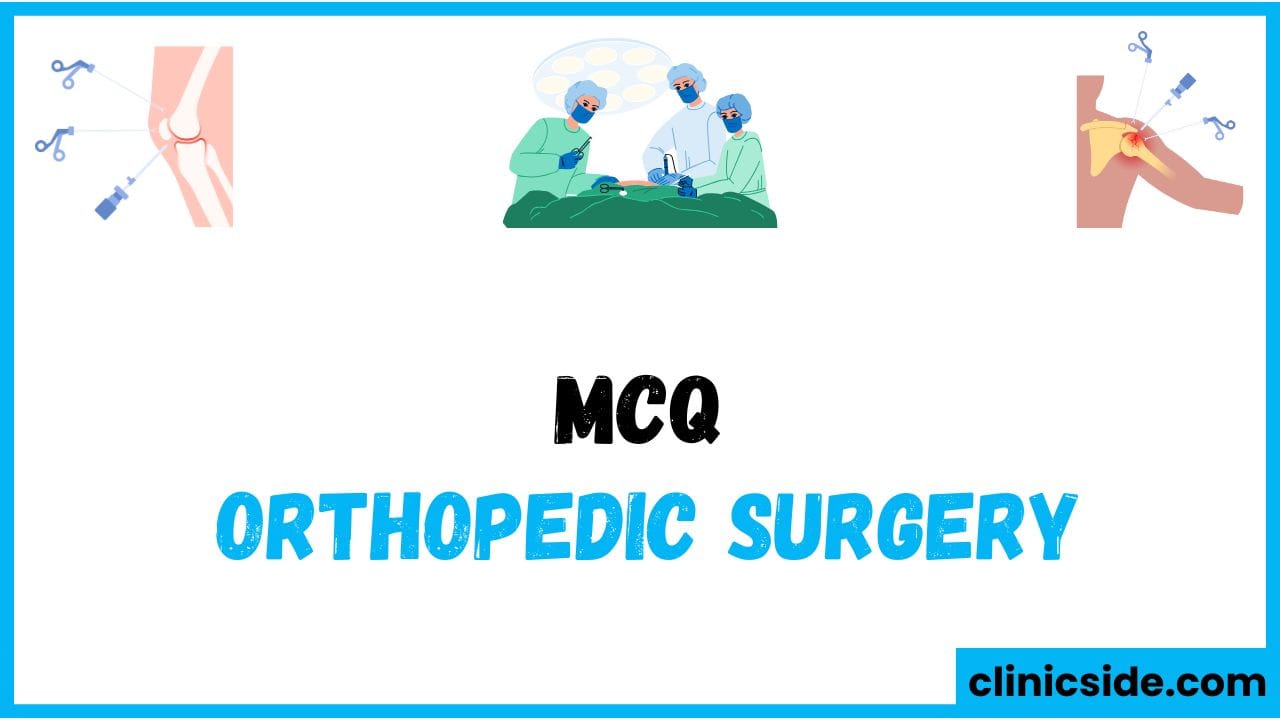Quiz
Available options: 1 to 20
Summary of Key Principles in Pharmacology
Introduction to Pharmacology
Pharmacology is the science that focuses on understanding how drugs interact with the body. It is divided into two main branches: pharmacokinetics and pharmacodynamics. Pharmacokinetics studies how the body absorbs, distributes, metabolizes, and eliminates drugs, while pharmacodynamics focuses on the effects of drugs on the body. Together, these fields help optimize drug use for therapeutic purposes, ensuring that drugs are effective and safe.
Overview of Pharmacokinetics
Pharmacokinetics refers to the processes that dictate how the body handles a drug after it is administered. This includes four major processes: absorption, distribution, metabolism, and elimination (ADME). These processes determine how a drug reaches its target site, how long it remains active in the body, and how it is removed. The route of drug administration plays a critical role in these processes, affecting the drug’s bioavailability and its therapeutic action.
Routes of Drug Administration
Drugs can be administered through various routes, including oral, intravenous, sublingual, and topical, each influencing the absorption and distribution of the drug in the body. For example, the sublingual route bypasses the liver’s first-pass metabolism, allowing drugs to enter the bloodstream more rapidly. In contrast, oral administration subjects drugs to first-pass metabolism, which reduces the drug’s bioavailability. The route of administration is crucial in determining how quickly a drug acts and its overall effectiveness.
Bioavailability and First-Pass Effect
Bioavailability refers to the proportion of a drug that enters the bloodstream in its active form. Oral administration often subjects drugs to first-pass metabolism in the liver, where the drug is partially metabolized before entering systemic circulation. This reduces the amount of active drug available for therapeutic action. Routes like sublingual or intravenous administration avoid first-pass metabolism, ensuring that more of the drug reaches its target.Drug Metabolism and Enzyme Involvement
The liver plays a key role in drug metabolism, which typically occurs in two phases. Phase I involves enzymes like Cytochrome P450, which modify the drug’s chemical structure to increase its water solubility, aiding its elimination. Phase II metabolism generally involves conjugation, where a molecule is added to the drug to further enhance its water solubility. These processes are essential for determining how long a drug remains active in the body and how it is eventually eliminated.
Pharmacodynamics: Receptor Interactions
Pharmacodynamics involves studying how drugs interact with specific receptors in the body to produce their effects. Drugs can bind to receptors such as ion channels or G-protein-coupled receptors (GPCRs), activating various signaling pathways. The interaction between a drug and its receptor determines the nature of the drug’s effect, whether it stimulates or inhibits biological functions. This knowledge is vital for designing drugs that target specific pathways for therapeutic purposes.
Efficacy and Potency
Efficacy refers to a drug’s ability to produce the desired therapeutic effect, while potency describes the amount of the drug required to achieve that effect. A drug with high efficacy can produce significant therapeutic benefits even at low doses, while potency relates to how much of the drug is needed to achieve the intended effect. Both efficacy and potency are essential factors in selecting the most appropriate drug for a specific condition.
Drug Interactions and Therapeutic Index
Drug interactions happen when the effect of one drug is altered by the presence of another. In an antagonistic interaction, one drug reduces or negates the effect of another, while in a synergistic interaction, the effects of two drugs are enhanced when taken together. The therapeutic index is a measure of a drug’s safety, calculated by comparing the dose that produces a therapeutic effect to the dose that causes toxicity. Drug interactions take place when the effects of one medication are modified by another.
Prodrugs and Activation
A prodrug is an inactive compound that must be metabolized in the body to become active. This strategy is often used to improve a drug’s absorption, reduce side effects, or enhance its therapeutic activity. The liver commonly converts prodrugs into their active forms, enabling them to produce the desired therapeutic effects. Understanding how prodrugs are activated is important for optimizing treatment outcomes and ensuring their efficacy.
Tolerance, Tachyphylaxis, and Drug Transport
Tolerance refers to a situation in which the body becomes less responsive to a drug over time, requiring higher doses to achieve the same effect. Tachyphylaxis refers to a rapid decrease in drug effectiveness after repeated doses, often due to receptor desensitization. Additionally, active transport mechanisms, which require energy, help move drugs across cell membranes. These factors influence how drugs are dosed and how their effectiveness can change over time.
Conclusion
This summary highlights the key principles of pharmacology, focusing on both pharmacokinetics and pharmacodynamics. Understanding how drugs are absorbed, distributed, metabolized, and eliminated by the body, along with how they interact with specific receptors, is essential for optimizing their use in medical treatments. By comprehensively understanding these principles, healthcare professionals can ensure that drugs are used safely and effectively to achieve the desired therapeutic outcomes.





